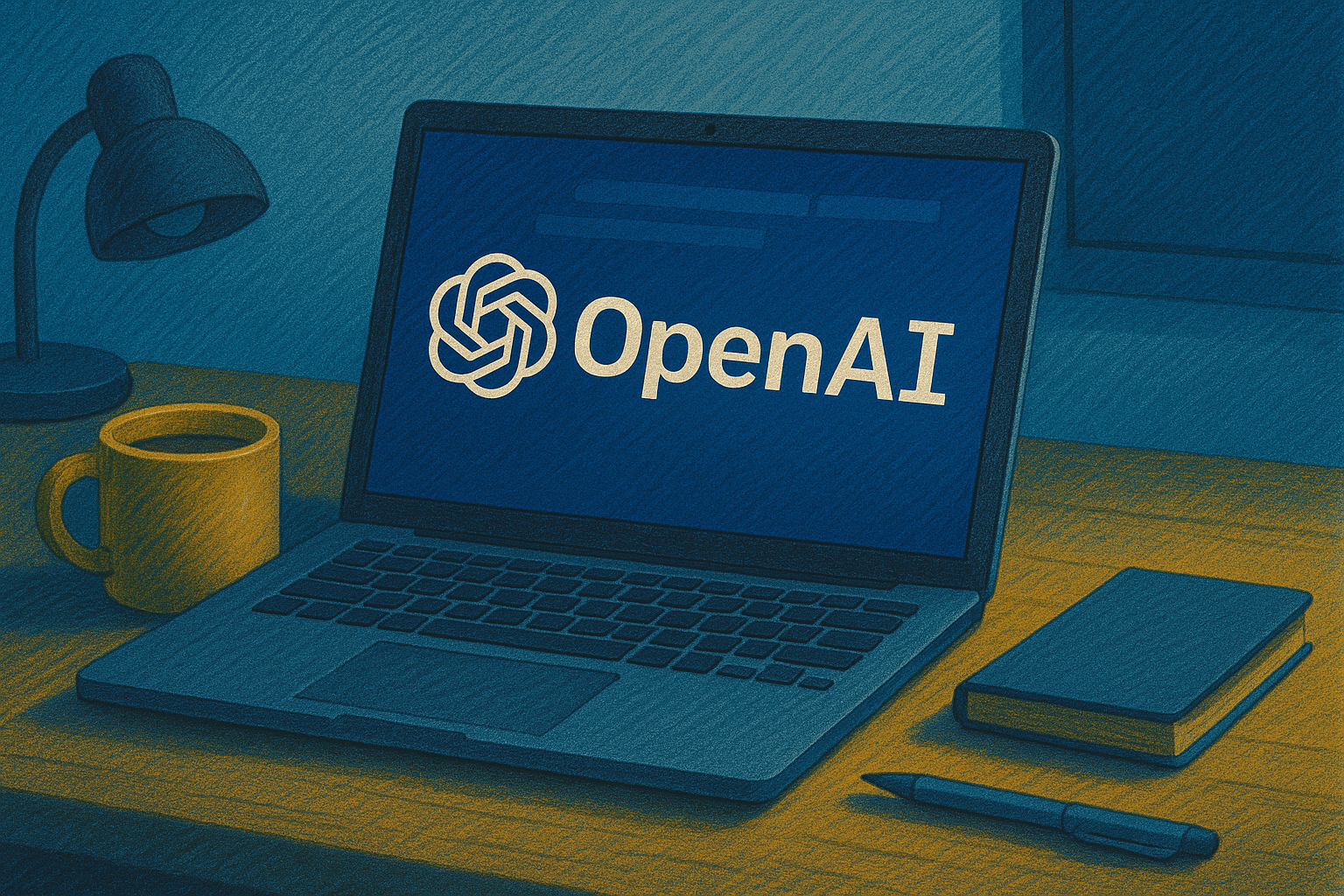The UK government’s Emissions Trading Scheme Authority has announced its decision to integrate greenhouse gas removals (GGRs) into the Emissions Trading Scheme (ETS). This move will enable companies to utilise carbon removals to address difficult-to-reduce emissions, aligning with their allowances under the industrial greenhouse gas emissions reduction system.
Established in 2021 to replace the UK’s participation in the EU Emissions Trading System, the UK ETS imposes a cap on greenhouse gas emissions for key sectors. This cap decreases over time, encouraging companies to reduce emissions in accordance with sector-specific climate goals. Companies receive allowances for each tonne of emissions they produce annually. Those that successfully cut emissions below the cap can sell excess allowances on the secondary market, thus establishing a carbon price and incentivising investment in cleaner energy and enhanced energy efficiency.
The announcement follows a [consultation](https://www.gov.uk/government/consultations/integrating-greenhouse-gas-removals-in-the-uk-emissions-trading-scheme) launched last year regarding the integration of removals into the ETS. According to the consultation response, the integration seeks to support the UK’s net zero targets and expand the removals market. The government noted that alongside emissions reductions, GGRs are crucial for offsetting residual emissions from hard-to-abate sectors to achieve net zero. The integration of removals into the UK ETS presents a significant opportunity to advance climate goals by promoting both emission reductions and carbon removal within a single efficient market.
The government aims to complete the legislation to incorporate removals into the ETS by the end of 2028, with operations expected to commence by the end of 2029. The focus will be on engineered removals, such as Direct Air Capture (DAC) and bio-energy with carbon capture and storage (BECCS) technologies. Although the integration of high-quality woodland removals is under consideration, no decision has been announced.
Under the new integration plan, removal allowances will be issued only after verified carbon sequestration, with projects required to demonstrate a minimum carbon storage period of 200 years to qualify for the UK ETS. Initially, only removals within the UK will be eligible. The ETS Authority also plans to facilitate removal auctions to provide market access for GGR operators. The total number of allowances under the ETS, or the scheme’s “gross cap,” will be maintained by substituting emissions allowances with GGR allowances on a one-for-one basis.




